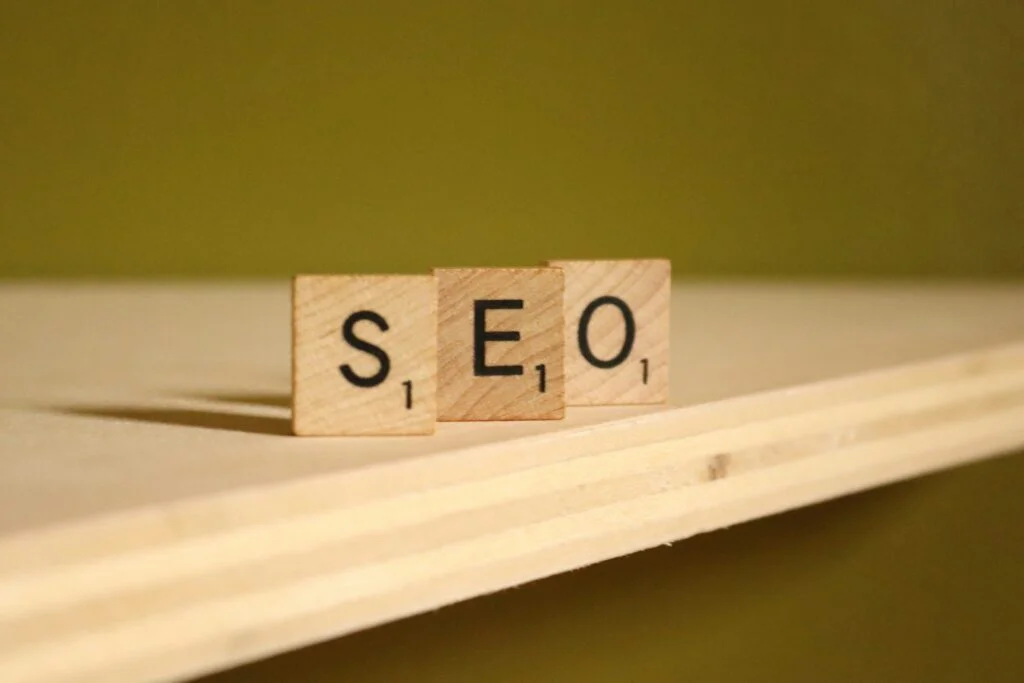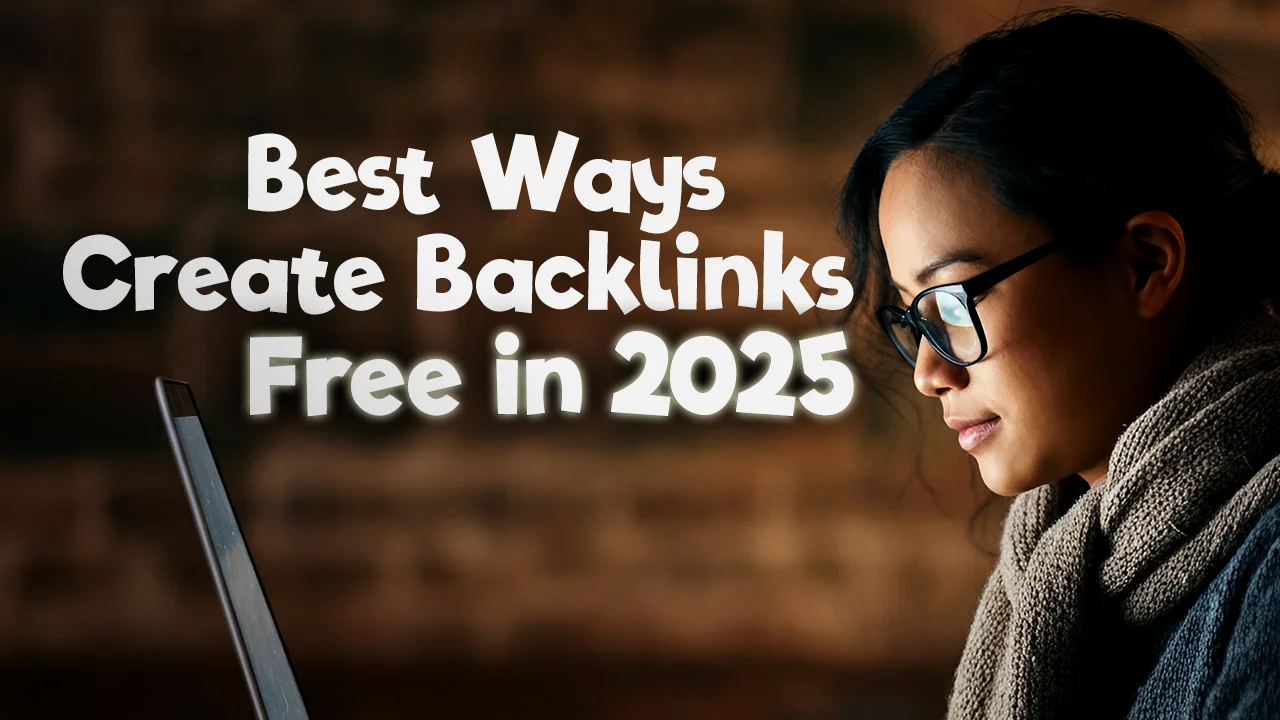Have you ever wondered how something so easy as alt text for images can change the way you sell online? This is the secret: strong alt text does more than just make your site more accessible, but it improves the search engine ranking and helps you reach out to many more customers.
If you’re a business owner, digital marketing professional, or a web developer, adopting best practices in alt text might be the competitive edge you’ve been searching for. This blog will take you through all the information you need to know about alt text from the impact it has on SEO to tips on altering alt text for various kinds of products.
In the end you’ll have a strong base for using alt text to increase your website’s accessibility, usability as well as performance.
Understanding Alt Text in E-commerce
What is Alt Text?
Alt Text (alternative text) is a concise text description written about an image which appears instead of the image in case it doesn’t load. It can also be read out loud by screen readers to aid visually impaired users to comprehend the contents of an image.
For online stores, these basic text descriptions can be effective tools. Alt text makes sure that each user, irrespective of their abilities, can be able to interact with your online store. However, its impact doesn’t stop at that point. It directly affects SEO and the customer experience.
Why is Alt Text Important?
Imagine this: your online store displays stunning high-resolution photos of your items. What happens when someone who has visual impairments or a poor internet connection access your website? Alt text bridges the gap, providing an experience that is seamless for everyone.
In addition to accessibility, the alt texts boost the relevancy of your site for search engines such as Google. A well-written alt description can assist crawlers “see” your images, optimizing your site’s content for images and improving search engine rankings.
How Alt Text Impacts SEO

The truth is that search engines cannot “see” images. They rely on alt texts to determine the meaning of your images. If it is done right alt text can help Google index your website and makes your site accessible in both search engines and image search.
How Does This Help Your E-commerce Brand?
- Better Search Rankings
A clear and precise alt captions for your images allow your website to be listed in the relevant search results which gives you a leg over your competitors.
- Boosted Image Search Traffic
An effective alt text strategy can give you the top position in search results for images and drive more visitors to your website directly.
- Improved Keyword Targeting
Alt text offers another chance to include keywords in your content naturally. Just ensure it’s natural and doesn’t become keyword overuse.
Tip for Professionals Make use of tools such as Google Search Console to check how your images perform and to fine-tune the alt text to get better results.
Best Practices for Writing Effective Alt Text
After you’ve learned you know the “why,” it’s time to learn how to master the “how.” It may appear straightforward however there’s a craft in creating descriptions that are user-friendly and SEO-friendly.
1. Be Descriptive Yet Concise
The aim is to describe the image in a clear manner while making it concise and concise. Make sure to keep it within the limit of 125 characters.
Examples: Instead of “shoes,” write “Women’s white leather sneakers with a cushioned sole.”
2. Include Keywords Naturally
If appropriate, incorporate the primary keywords in the alt-text. Make sure that they aren’t suffocating.
Examples: Instead of “a phone,” write “iPhone 14 Pro in space gray on a white table.”
3. Avoid “Image Of” or “Picture Of”
Screen readers already indicate that it’s an image. Skip unnecessary phrases and get straight to the description.
Examples: Instead of “Picture of a coffee mug,” write “White ceramic coffee mug with a latte art heart.”
4. Stick to Context
Explain the significance of the image with respect to your website or product content.
For example: For a product page, “Black wool coat with gold buttons” is more effective as a substitute for “Coat hanging on a rack.”
5. Test your knowledge using Screen Readers
You can preview your site with an online screen reader to ensure that your alt text is informative and readable.
Alt Text for Different Product Categories

Here’s how to customize your alt text to the kind of product you offer.
Fashion and Apparel
Concentrate on the appearance of the product and the details.
Examples: “Red cotton summer dress with floral print and adjustable straps.”
Electronics
Be sure to mention the model’s name, brand and the key features.
Examples: “Samsung Galaxy S23 Ultra with 1TB storage, black finish.”
Food and Beverage
Highlight the flavors, ingredients and presentation.
Examples: “Double cheeseburger with lettuce, tomato, and melted cheddar on a sesame seed bun.”
Home Decor
Define the materials, colors and the design.
Examples: “Rectangular wooden coffee table with a walnut finish and mid-century modern design.”
This specialized approach will help you reach out to customers who are searching for the specific information they are looking for.
Accessibility and Alt Text
A staggering statistic is that 20% of people in the world suffer from handicaps. Alt text plays an essential part in making your online website accessible and in compliance with accessibility standards for websites, for instance, those of the Web Content Accessibility Guidelines (WCAG).
What Happens When Alt Text is Missing?
Users relying on assistive technologies may face barriers to understanding your content, leading to a poor experience–something no business can afford.
The importance of providing clear alt text isn’t just a good idea but it’s also a good business. Accessibility increases trust, enhances usability, and shows your brand’s commitment towards inclusivity.
Tools to Optimize Alt Text
Do not worry about the work-load, these tools can streamline and improve the process of incorporating as well as managing alt-text.
- Image Optimizers Software such as TinyIMG and ImageKit aid in reducing file size while preserving alt text.
- Alt Text Generators: AI tools like Microsoft Azure or Alt Text AI provide automated suggestions of alt-text.
- CMS plugins Websites such as WordPress and Shopify have plugins that can guide users through the process of adding alt text.
- Testing Software Make use of tools such as Siteimprove or WAVE to detect poorly written or missing alt text on your website.
Real-Life Success Stories
First Case Study: A fashion boutique grew organic traffic by 25% following the implementation of specific alt text for all images on their website increasing rankings on Google Image Search.
Second Case Study. The food-delivery service decreased the bounce rate by 15 percent through employing alt texts to explain appealing food photos, making their website more user-friendly and enjoyable.
3. Case Study An online retailer has made their website accessible. This not just resulted in positive feedback from customers but also assisted them in securing B2B contracts with government agencies that emphasize accessibility compliance.
Make Alt Text Your E-commerce Superpower
Alt text might be tiny in size, yet it’s powerful to help e-commerce succeed. From increasing SEO to increasing accessibility this is a win-win situation for marketers, business owners as well as developers.
Start now by analyzing your website and updating images of your products with a strong alt-text. Don’t forget, this isn’t just about compliance, it’s about creating amazing experiences to every person that visits your site.
Need assistance in drafting the ideal alternative text plan? Our team is equipped with the experience and tools to help you get going.




